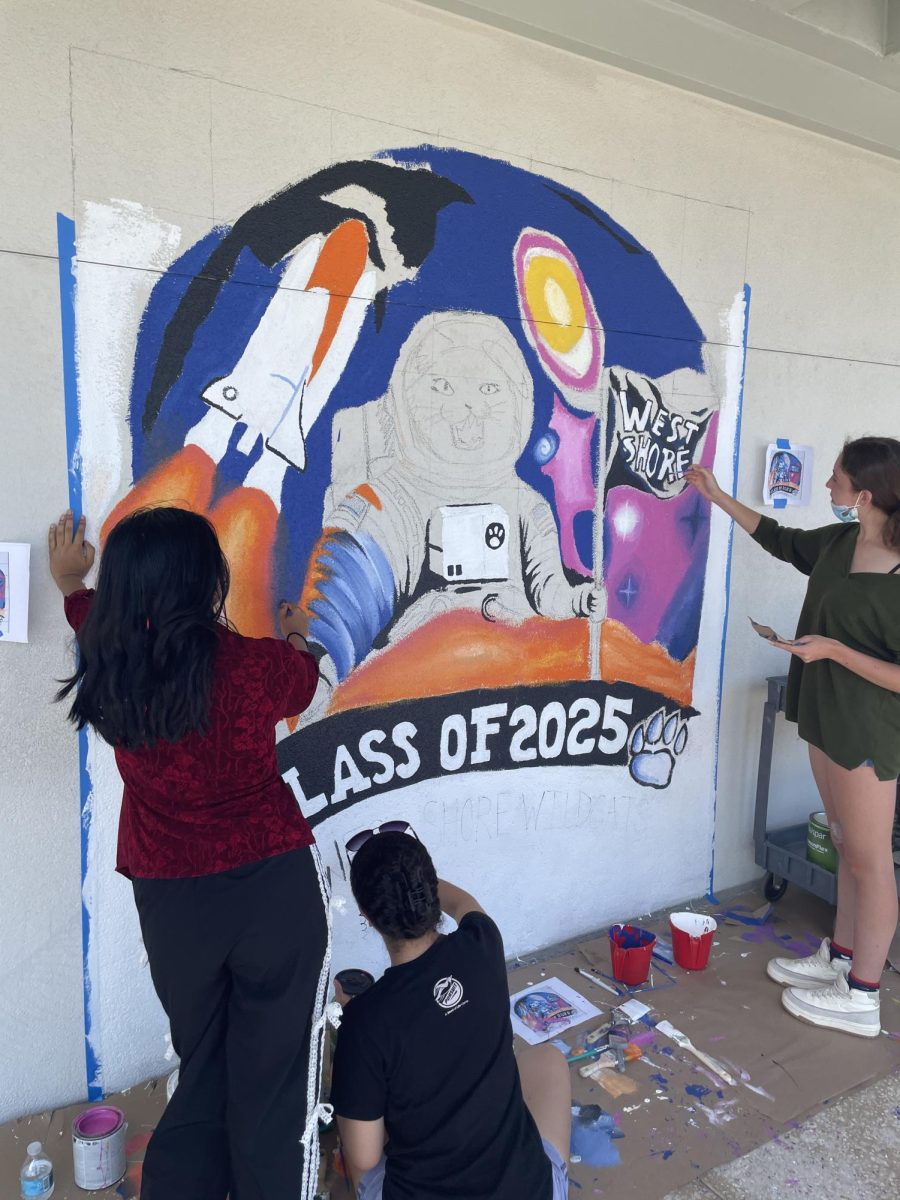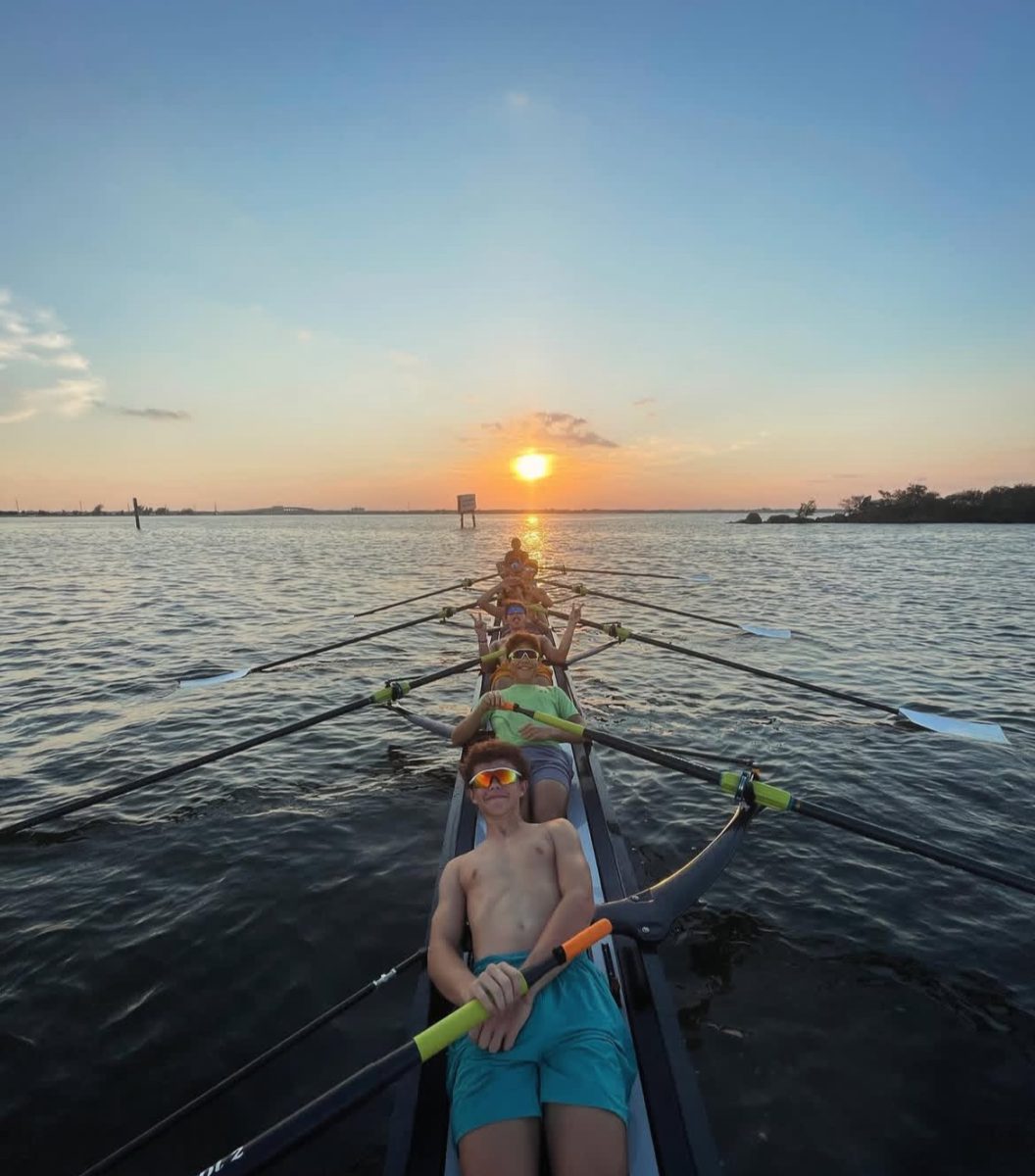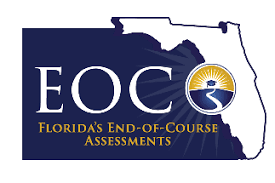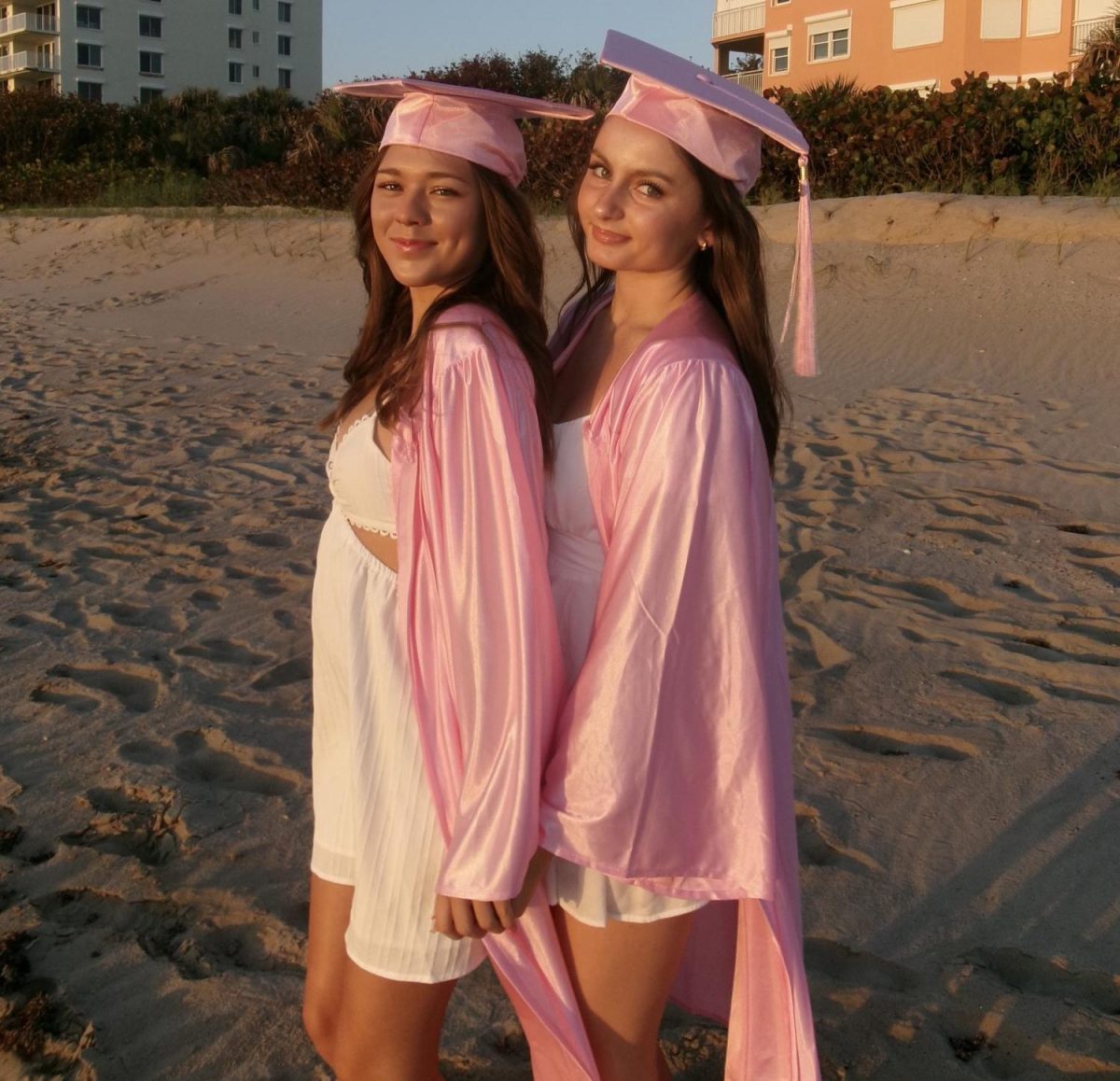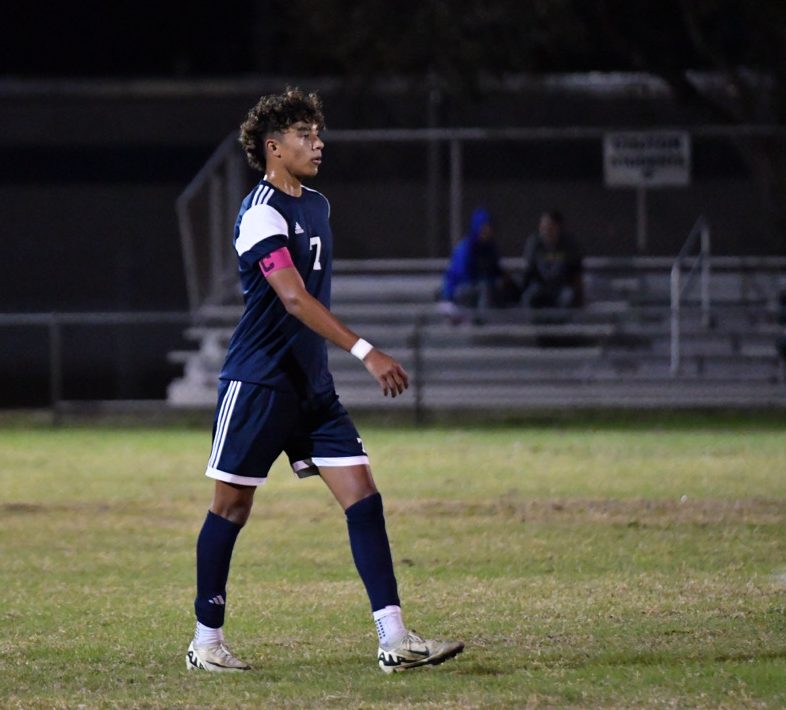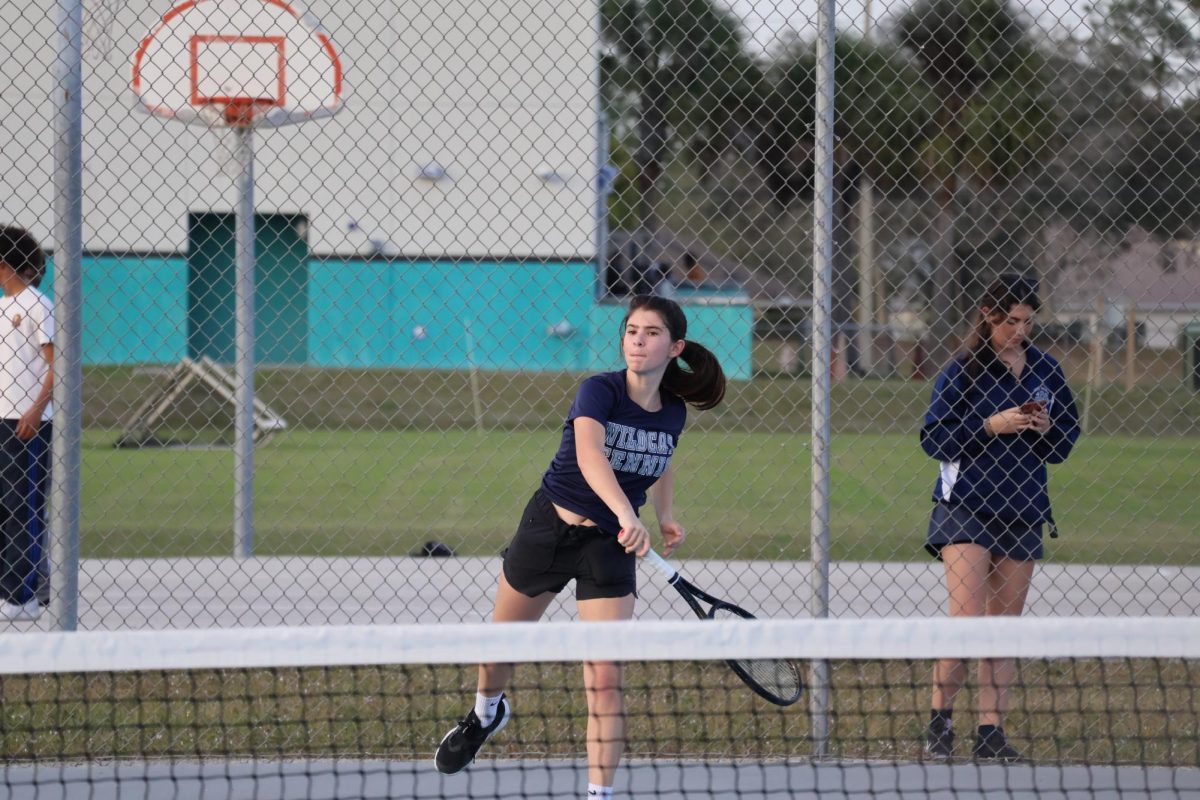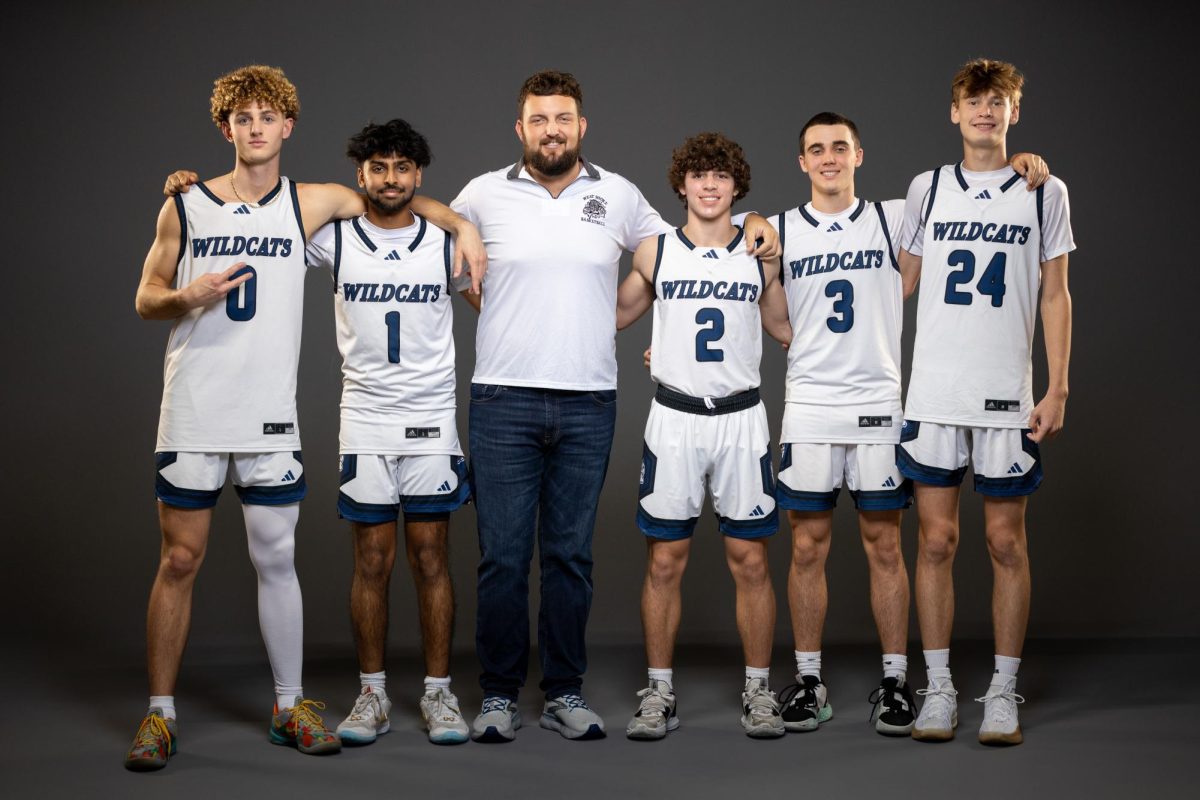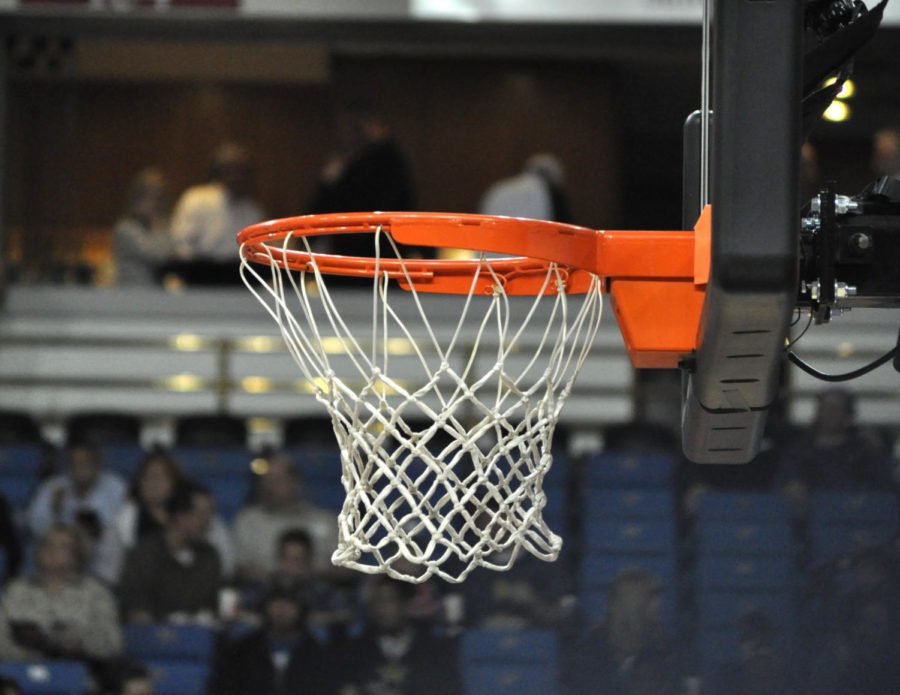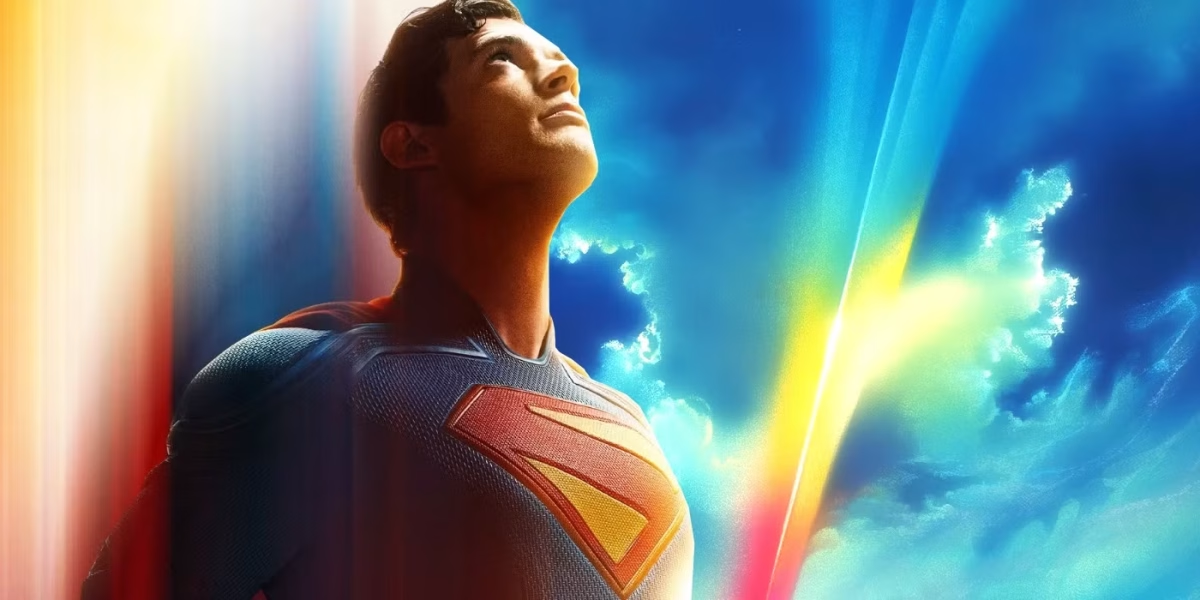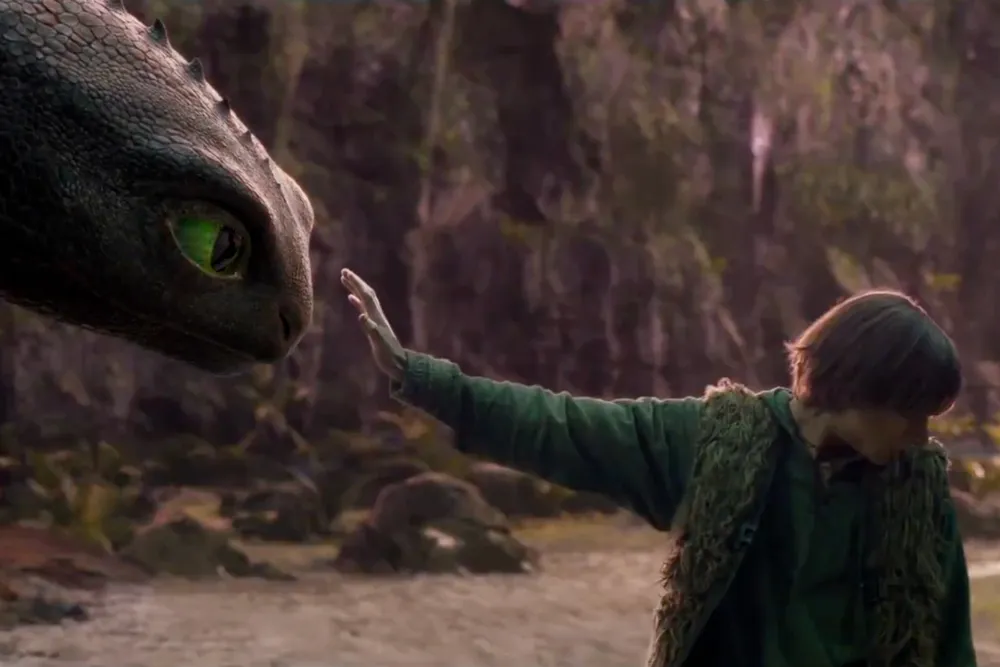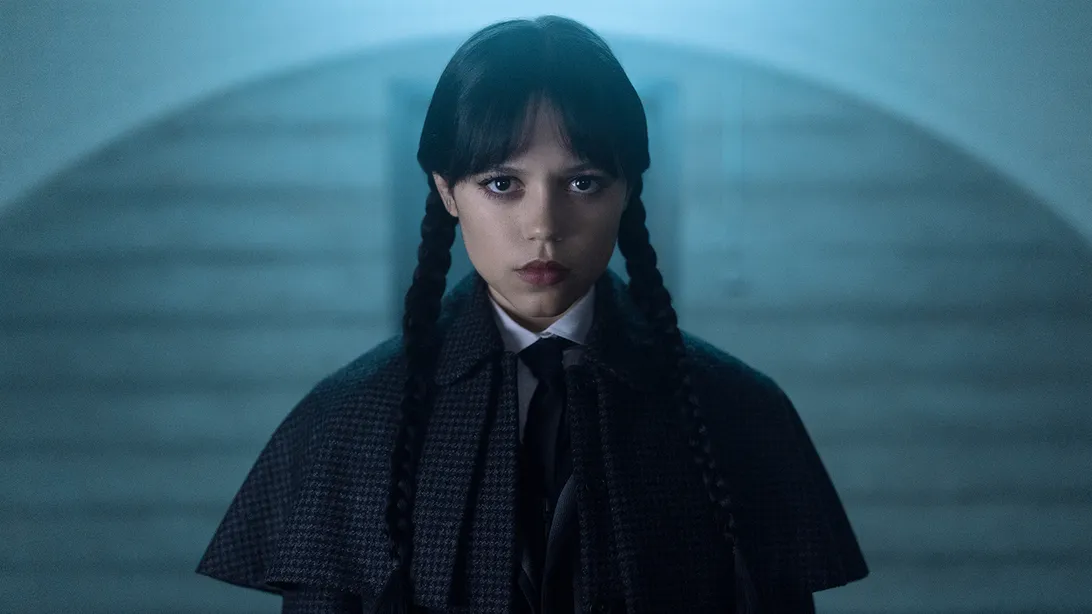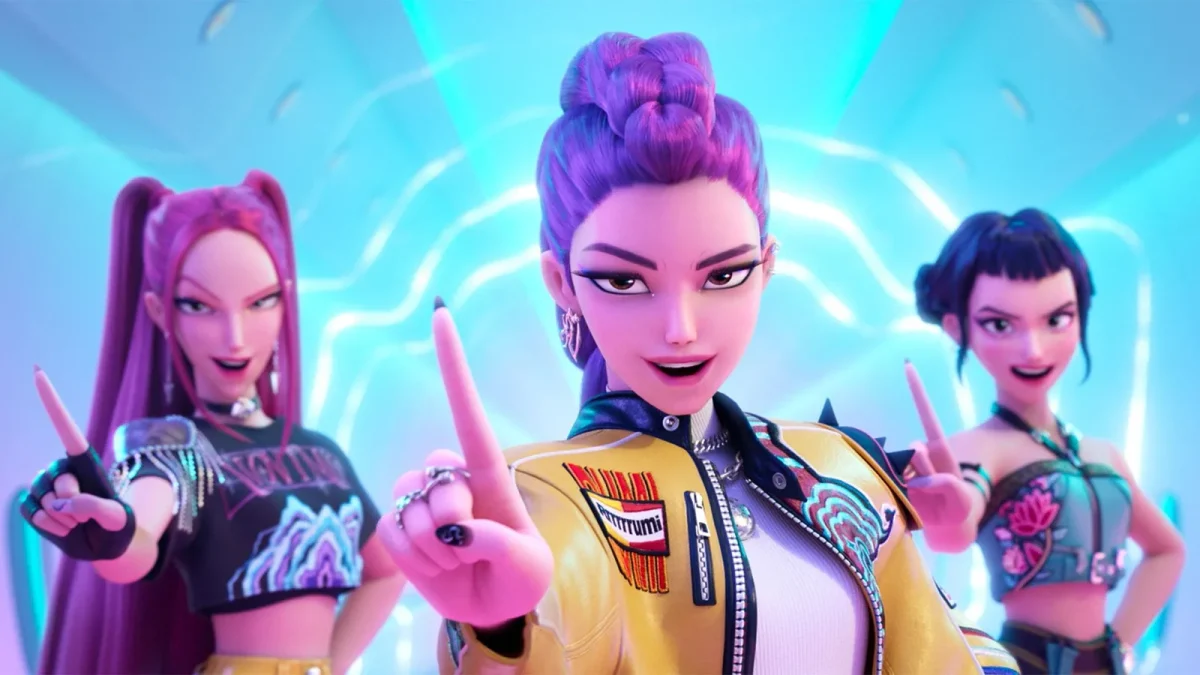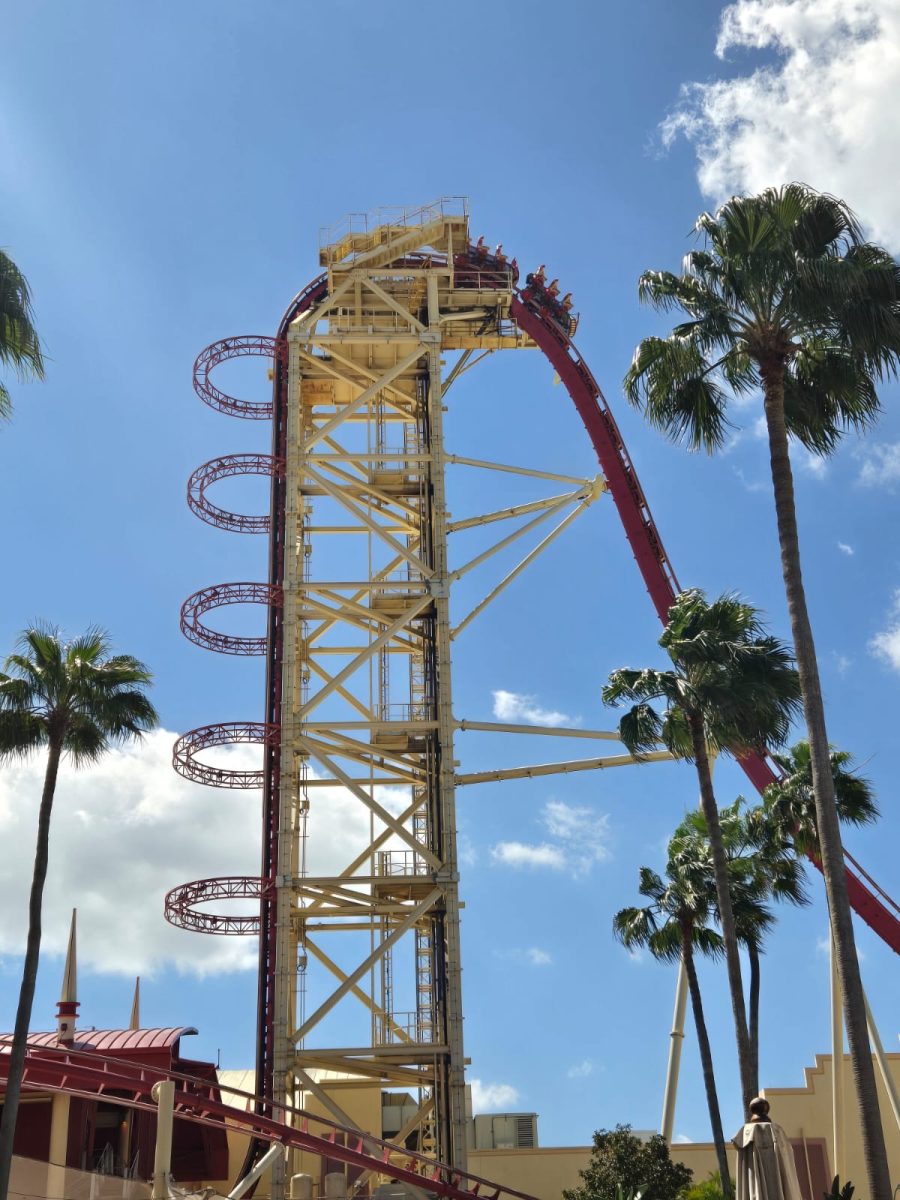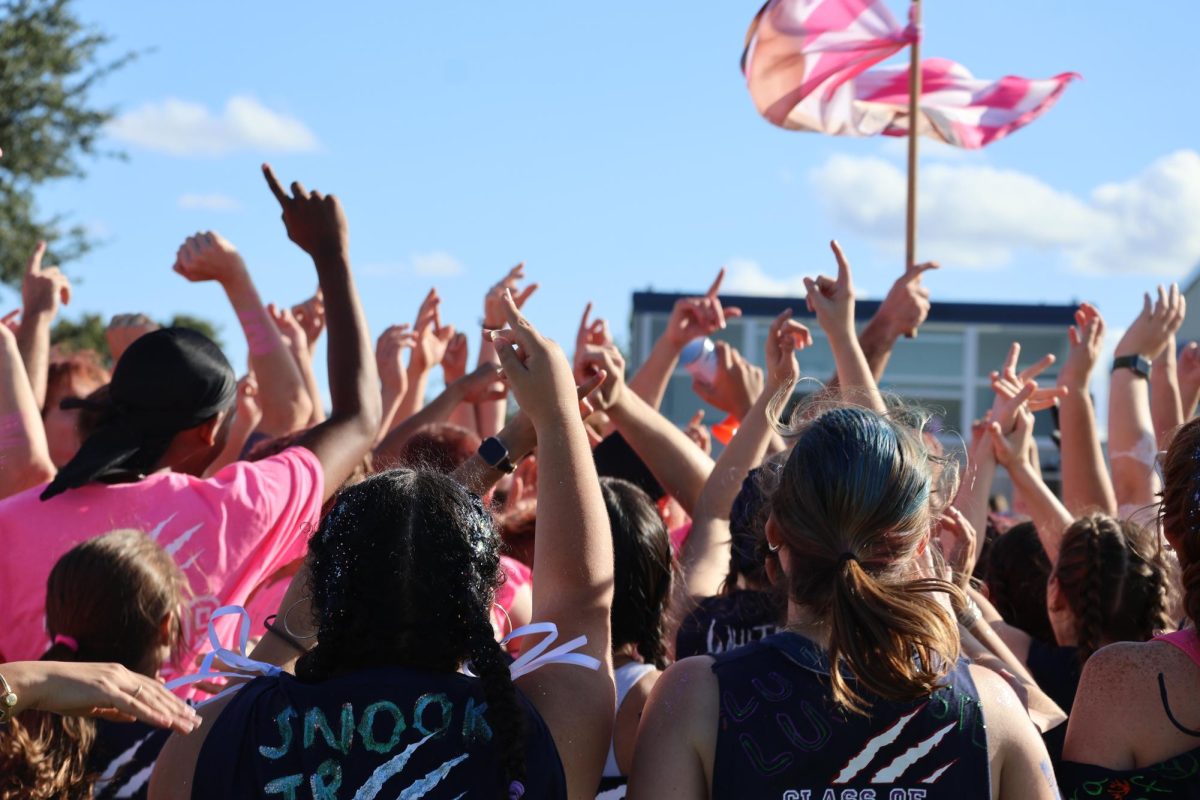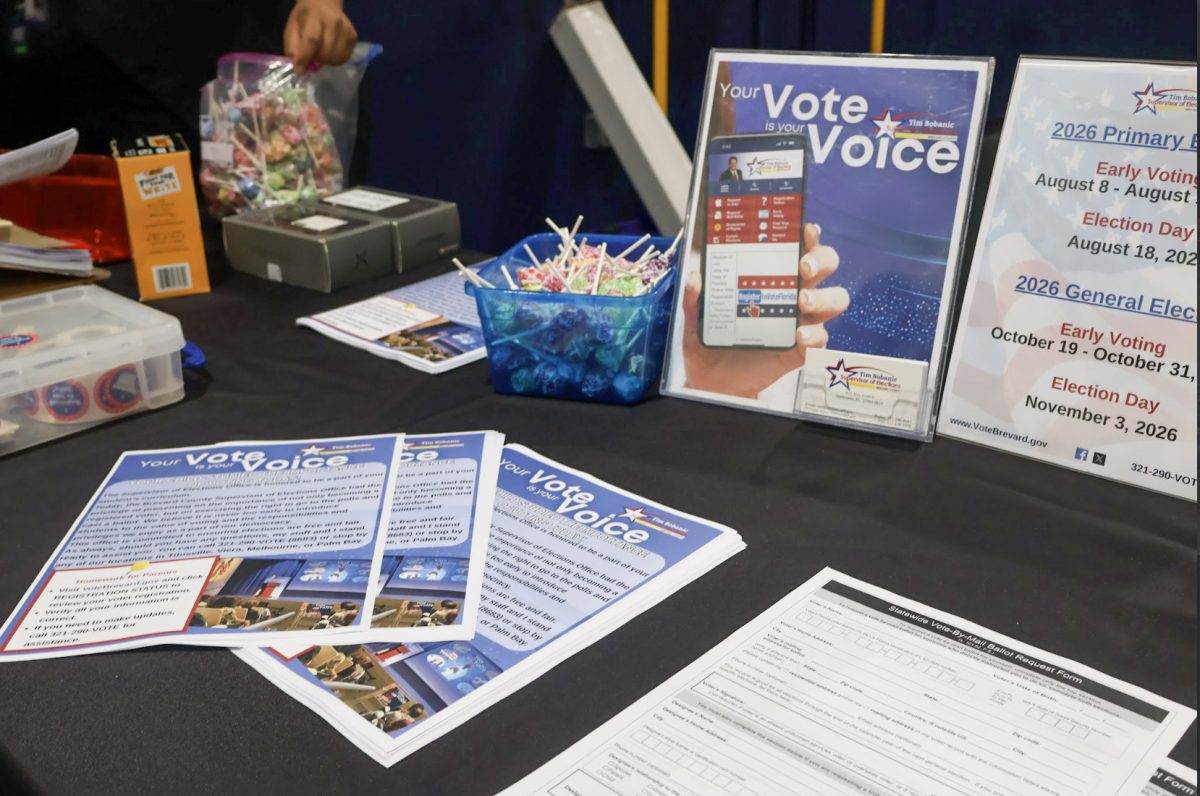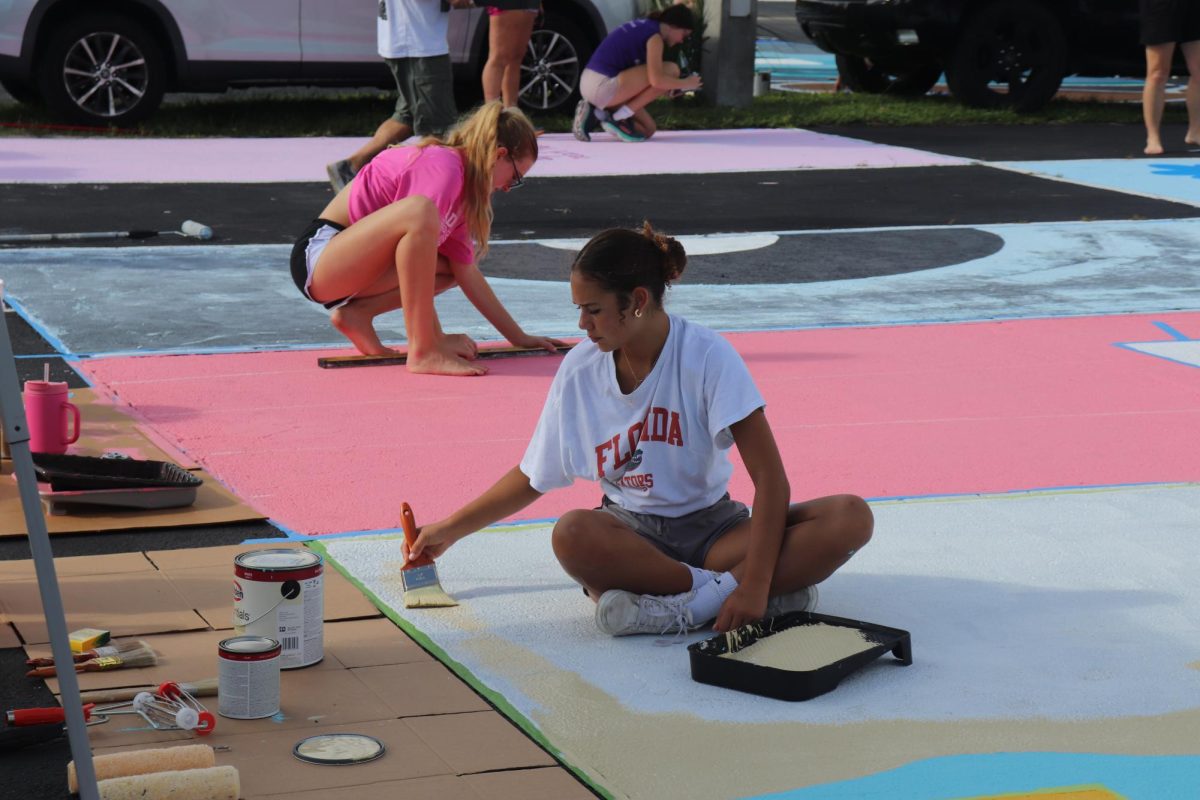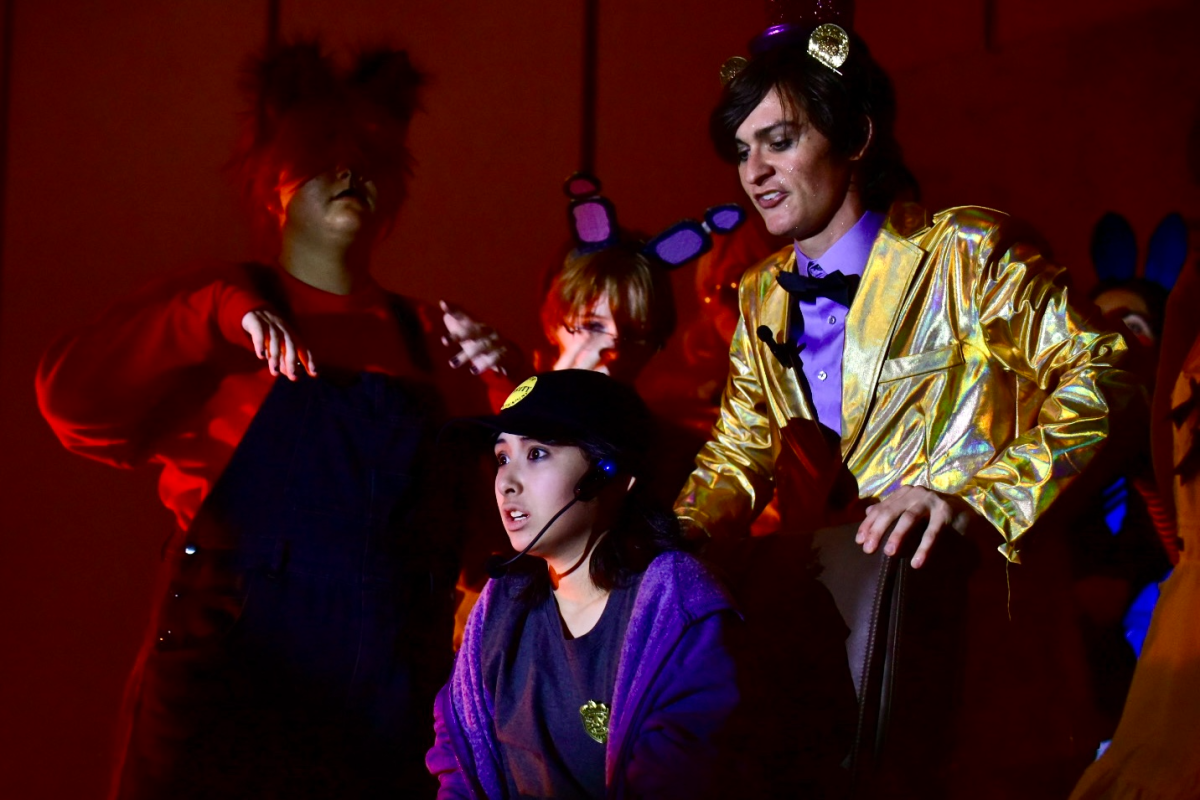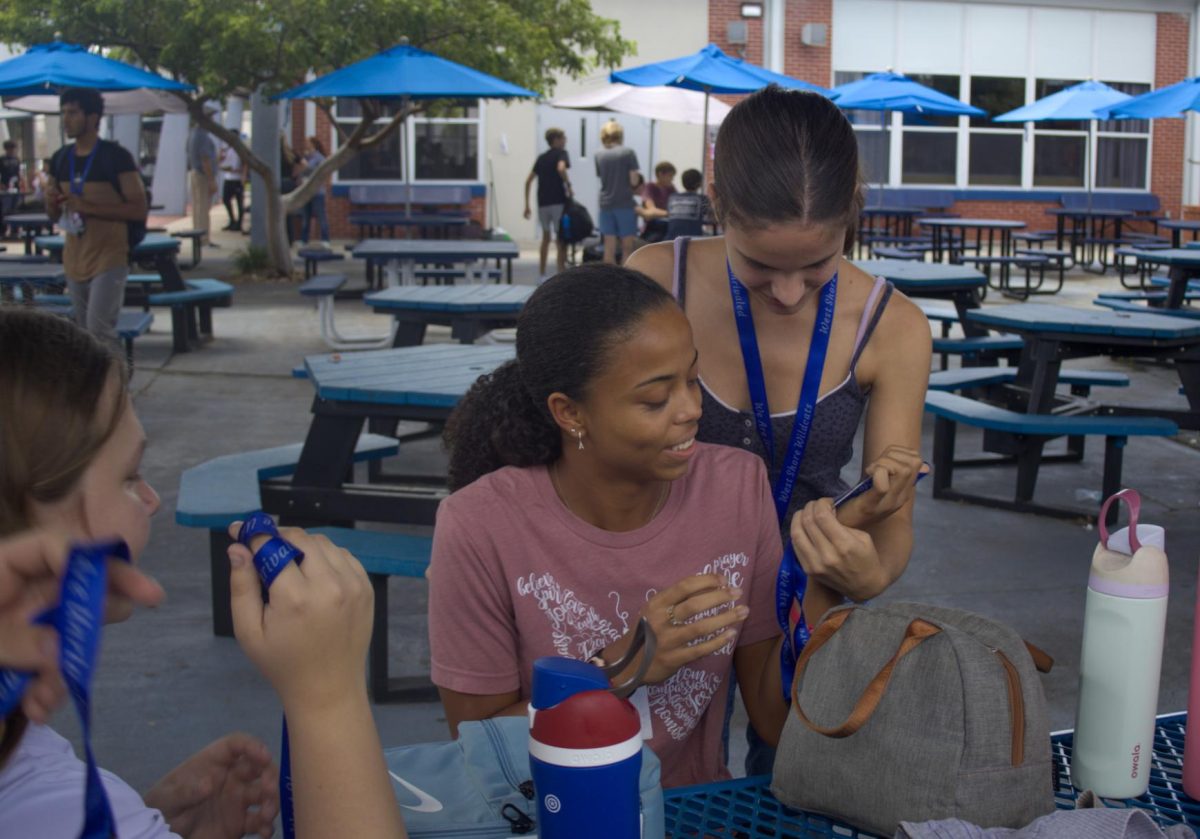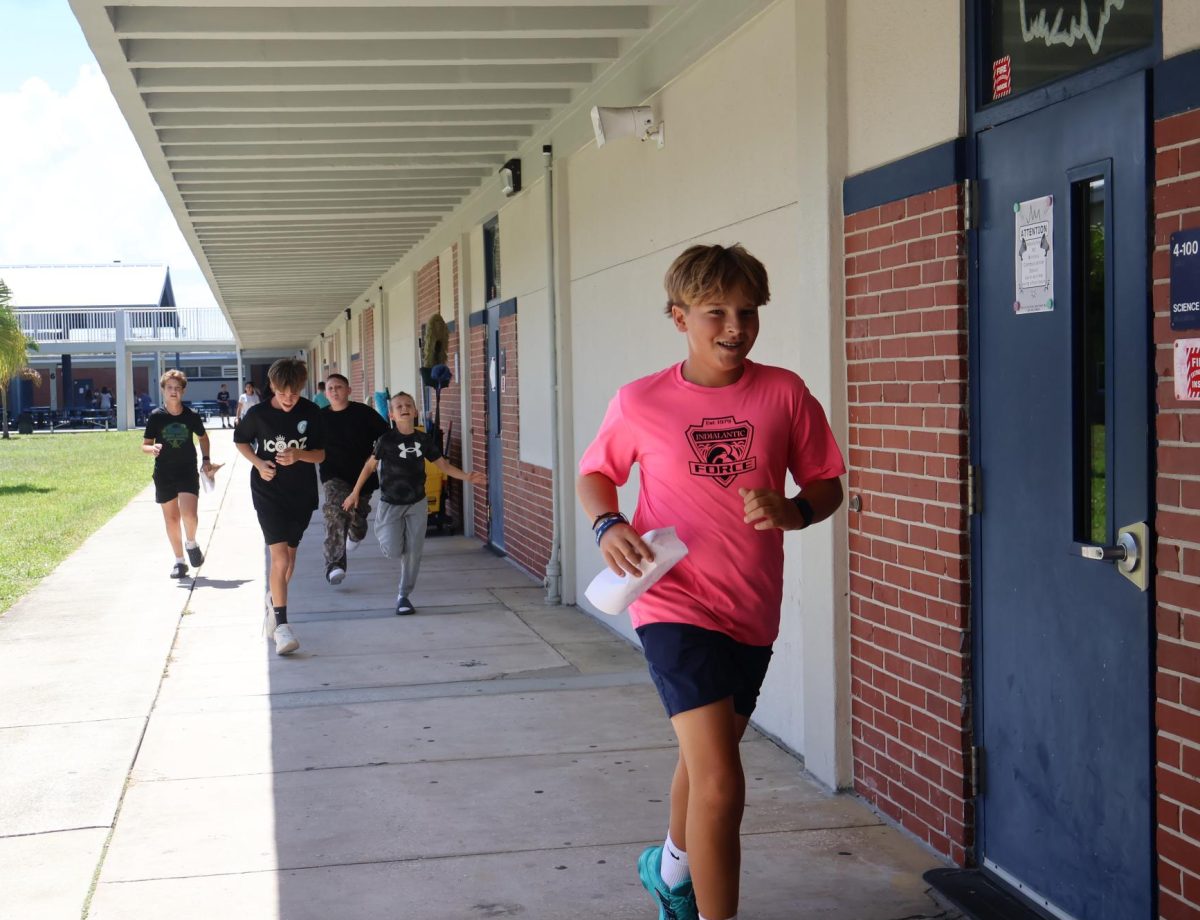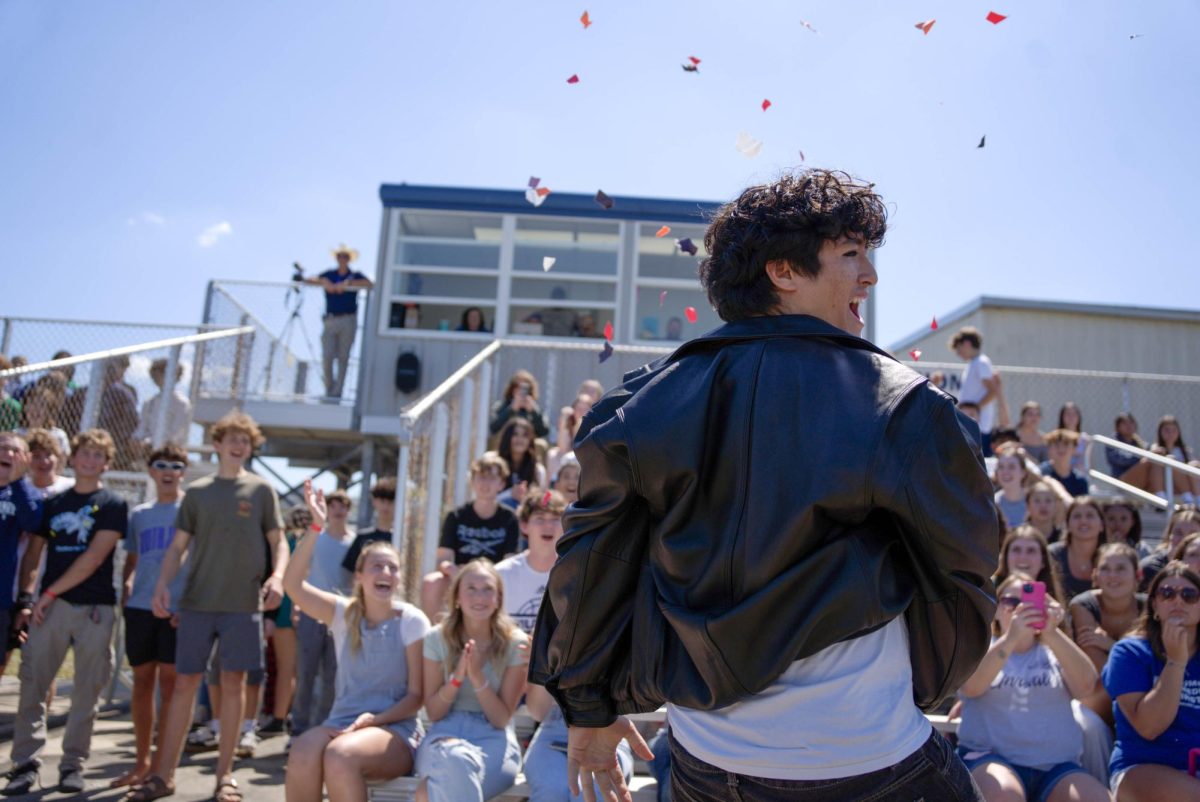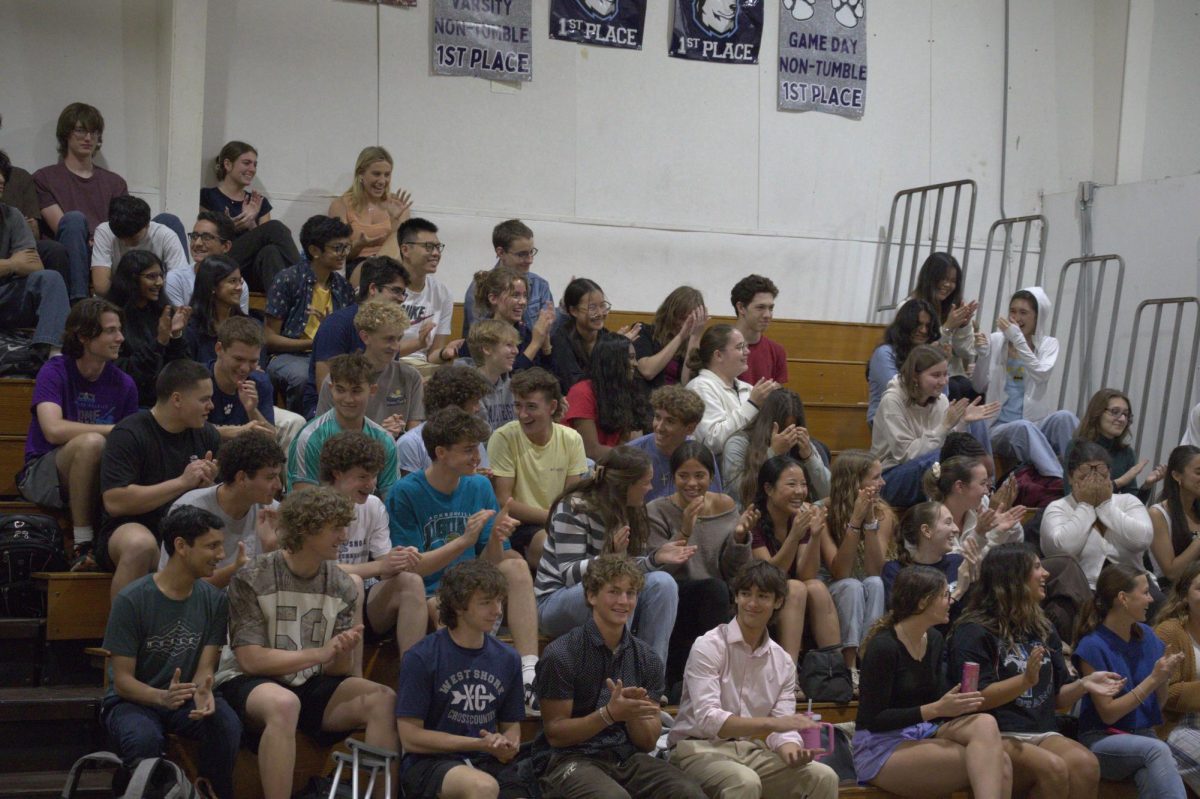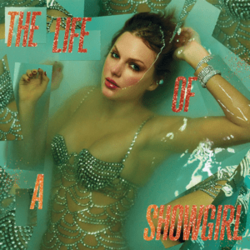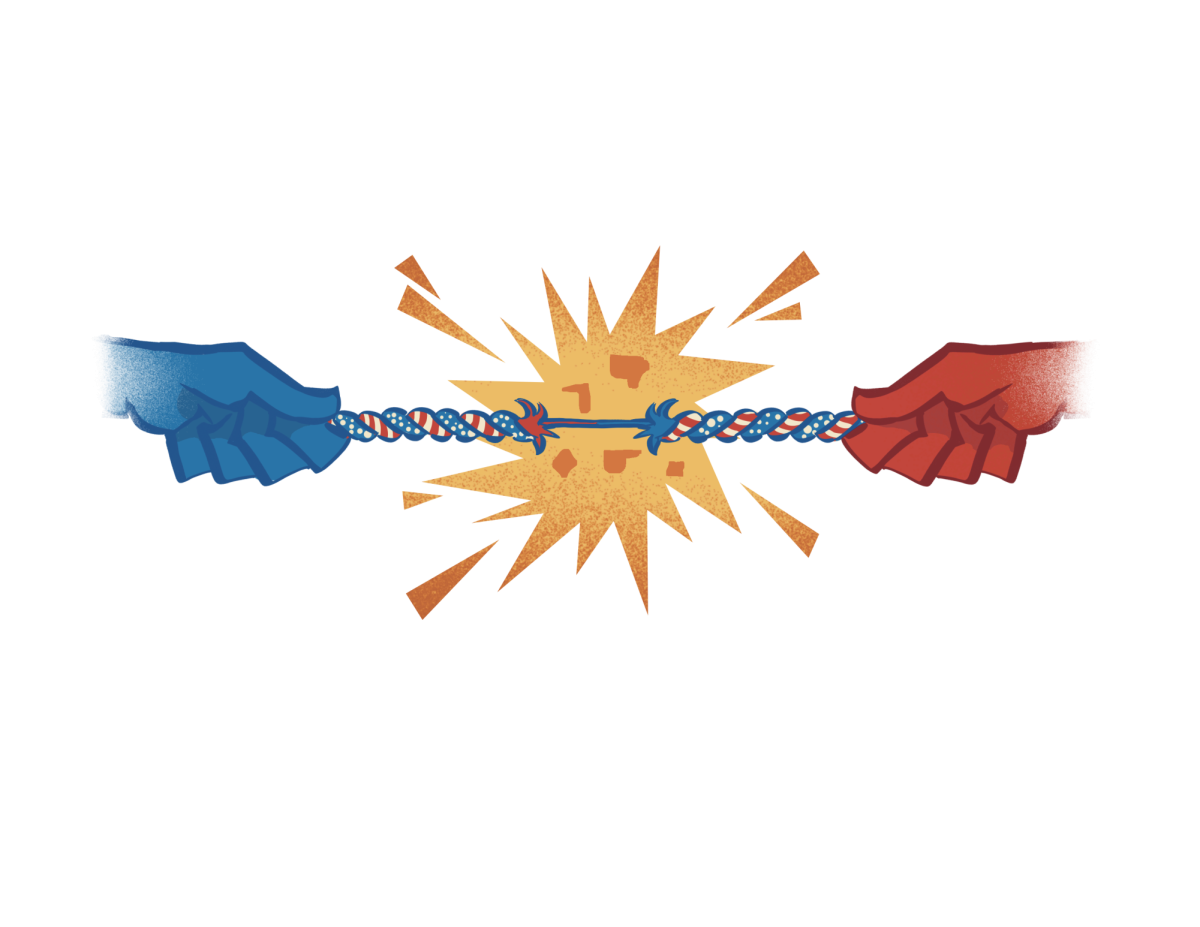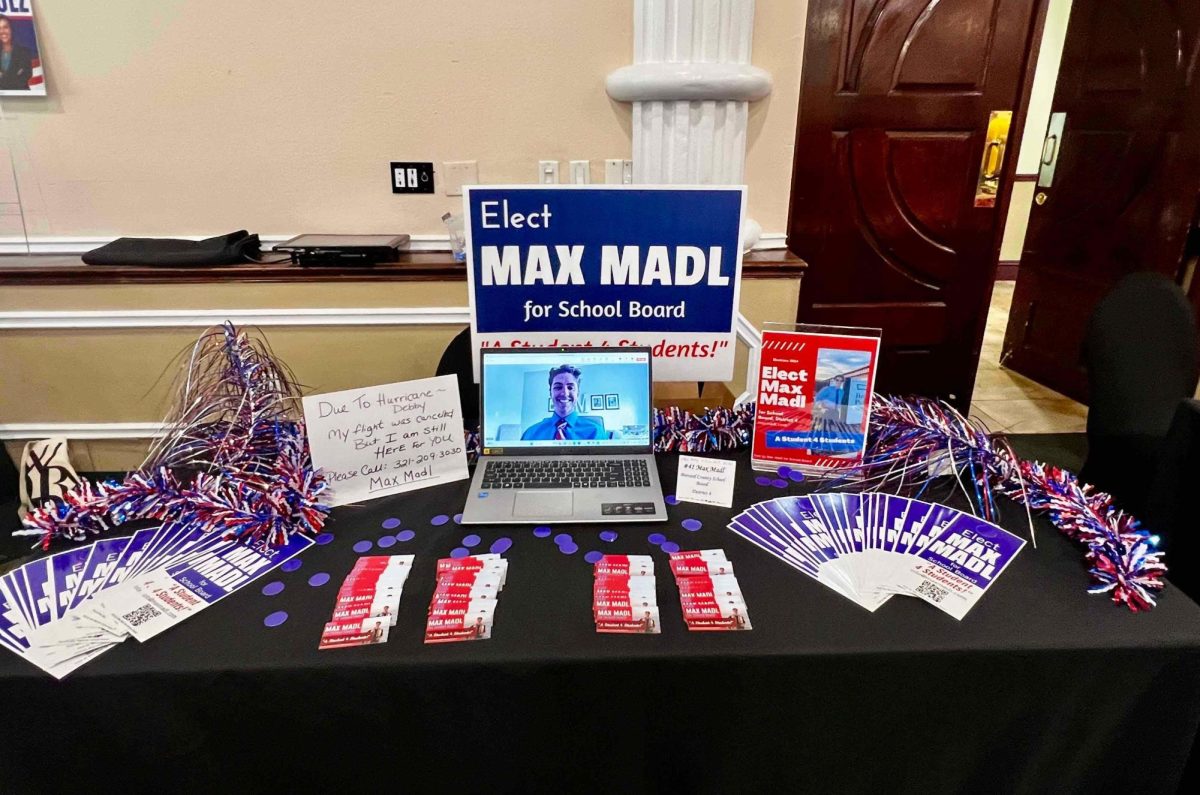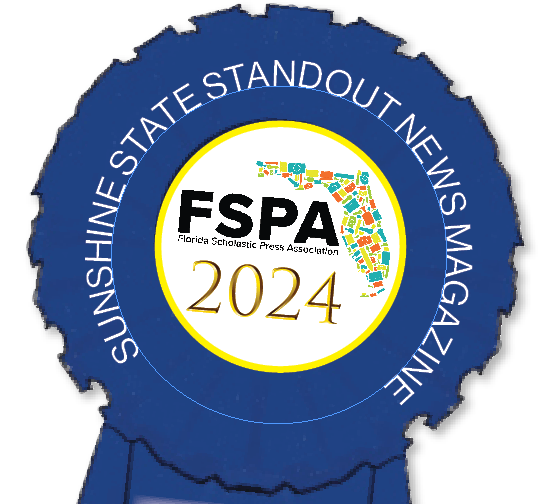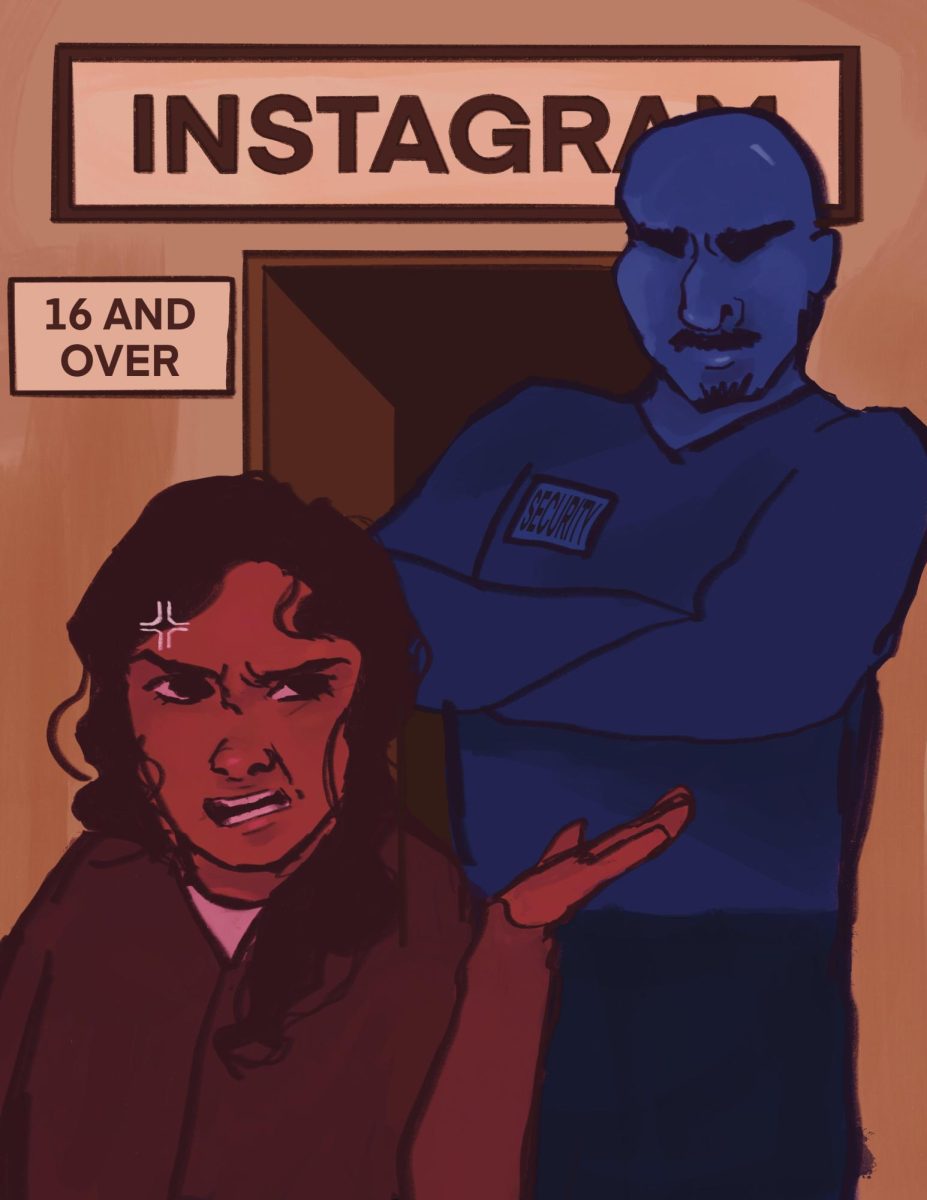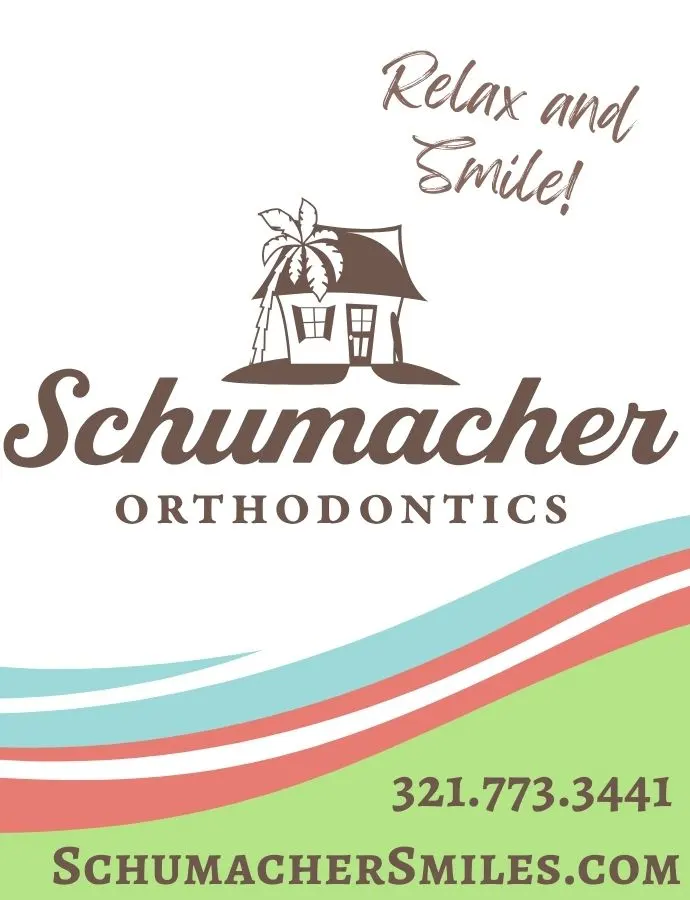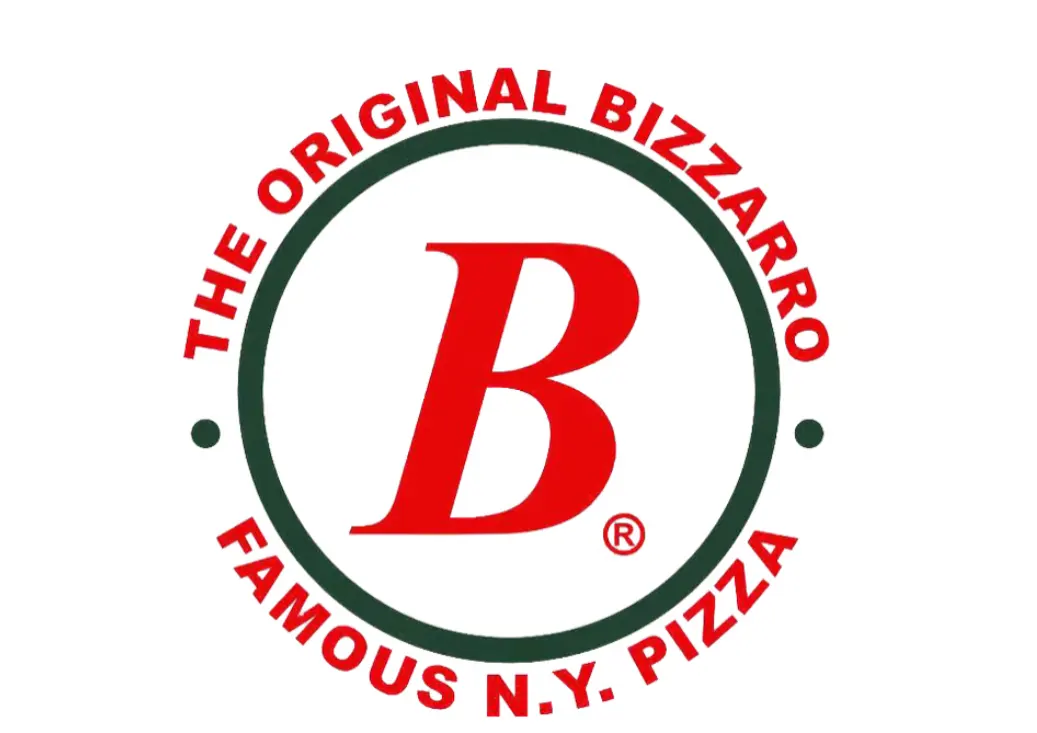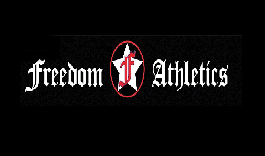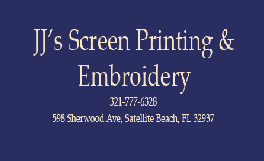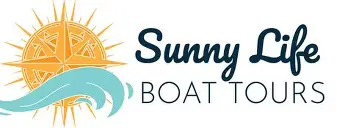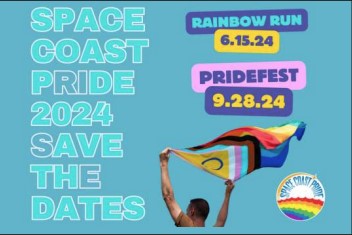Classroom first in the world to feature visible light communication
November 23, 2015
Space-age technology — the kind that someday may improve communication for astronauts traveling to Mars, and beyond — has already arrived on campus. A breakthrough lighting technology called Li-Fi, produced by LVX System, has been installed in Paula Ladd’s science classroom. The technology uses efficient LED lighting that doubles as a secure Wi-Fi connection.
“The lights themselves are LED. I know they’re programmable, so you could have different areas on, you can have different types of lighting in one classroom,” said Ladd, who teaches AP Environmental Science. “There’s a computer that is suppose to run the lighting system. It will have switches. It’s really involved. It’s not a network connection, it’s through the light photons, so if there’s a bunch of people on it, the speed doesn’t change. The number of users has no effect. It doesn’t overload the system.”
The possibilities for visual light communication range from use on future space missions, to innovations that will benefit everyone in their daily lives. Visible light communication was invented by John Pederson using LEDs.He also invented the thin lights you see on police cars, ambulances and emergency vehicles.
“LVX System’s goal with West Shore is to make it the school that features the first classroom in the world that will use the future of wireless communication technology,”Pederson, CEO and Chairman of LVX System Companies said. “LVX System chose to partner with the federal government, specifically NASA to allow the United States to remain at the forefront of this new technology.
Our goal is to deploy the technology into the government
and to collaborate with NASA on Research and Development and in doing so, further enhance and develop technology.”
LVX Systems began a partnership with NASA’s Kennedy Space Center on July 30 in order to study and develop new applications for visual light communication. NASA is partnering with LVX in hopes to use this technology to communicate faster and more efficient in space Pederson said.
“Aside from being the first classroom in the world to feature Visible Light Communication (VLC), West Shore will also be provided some of the most energy efficient lights available on today’s market,” Pederson said. “The world of communications is a world where everybody always wants more bandwidth. Higher bandwidth and fully networked wireless solutions based on visible light communication applications will help support anything from mobile connectivity with your computer or cellphone to working on the space station.”
Not only will students benefit by using this cutting edge technology for experiments in the classroom, but they also are learning first-hand what goes into developing a new technological product.
“They are just beginning to put it out there,” Ladd said. “They have been working on this for 20 years, for the patents, so it started quite a while ago. But it is really now coming to us. It’s really cutting edge. They’re just beginning to put it in places. And in my classroom, I think I’m only going to have one way to hook [the Li-Fi] up. Right now, it needs something similar to a jump drive. So it’s not going to be throughout the whole room. Only one computer will have access to it, just to check it out.”
Senior Mohamed Naas has incorporated the innovative technology as a cornerstone for his science research experiment.
“I found out that it had to do with Quantum teleportation, which is basically a cool idea with using photons in light as a way to send information between two points, and I got really interested in the idea and decided to go along with it.I will be doing something with seeing how efficient they are and how much money the school can save by using the lights. Depending on how far I go with my project, I will probably be testing how well the Li-Fi lights network actually works.”
Ladd said she was surprised by the technology that came with this new lighting system.
“I got an email forwarded from [science teacher Mary]Anderson asking if I wanted the lights and I thought at that point it would only just be an alternative source,” Ladd said
“So my [AP Environmental] students could check energy output and energy usage, I initially thought it would be just that. And I would have them compare these lights in my room to Anderson’s room, so we can compare her electrical output to mine. That was before I knew anything else about the system.”
The added benefit of the light Wi-Fi is comparable to the efficiency and money-saving aspect of these lights according to the LVX websites.
“The fluorescent lights that NASA currently uses are about 98 percent less efficient than their (current) lights,” Naas said. “It would save them money and their information would be more secure, since they’re sending information through light, which is way more secure than sending information through radio waves that can be intercepted easily.”
By Daphna Krause
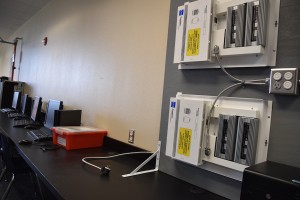
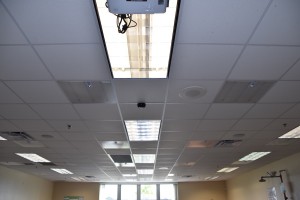
Video Link: https://www.youtube.com/watch?v=oX-BWKWaTeo

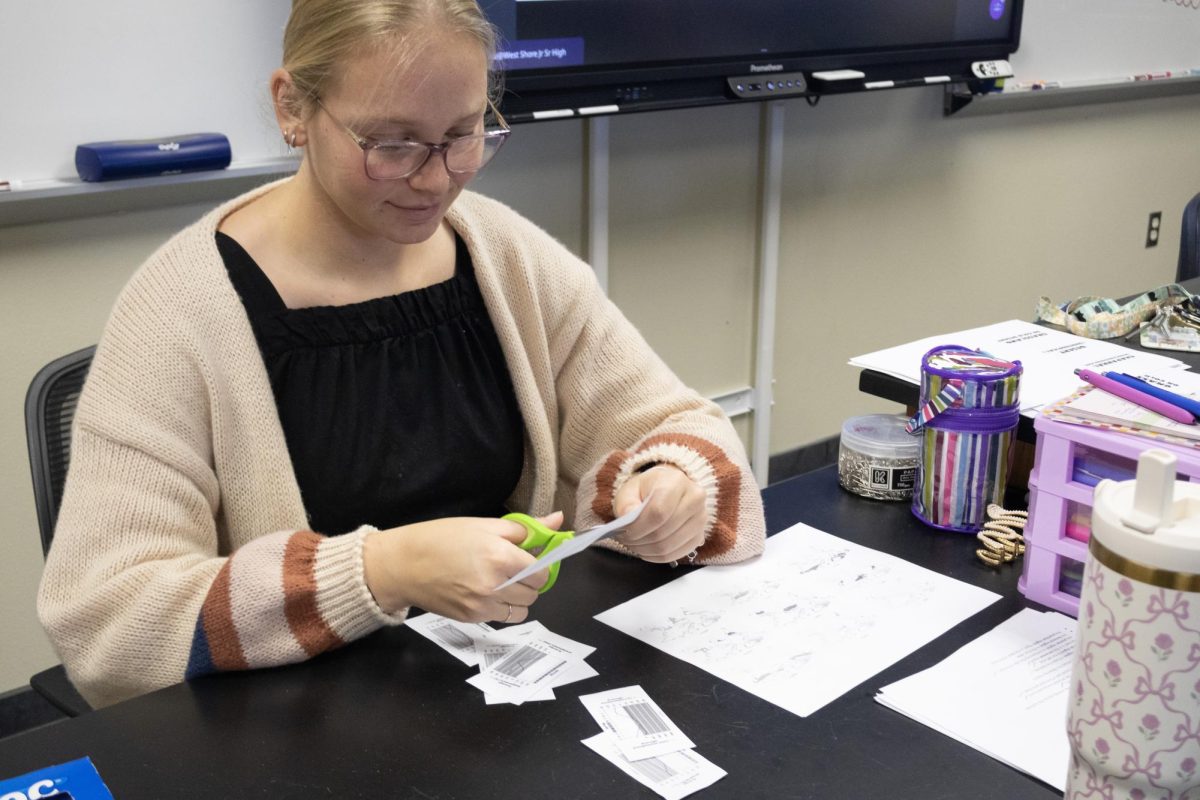
![Sophomore Isabelle Gaudry walks through the metal detector, monitored by School Resource Officer Valerie Butler, on Aug. 13. “I think [the students have] been adjusting really well," Butler said. "We've had no issues, no snafus. Everything's been running smoothly, and we've been getting kids to class on time.”](https://westshoreroar.com/wp-content/uploads/2025/08/IMG_9979-1200x800.jpg)
